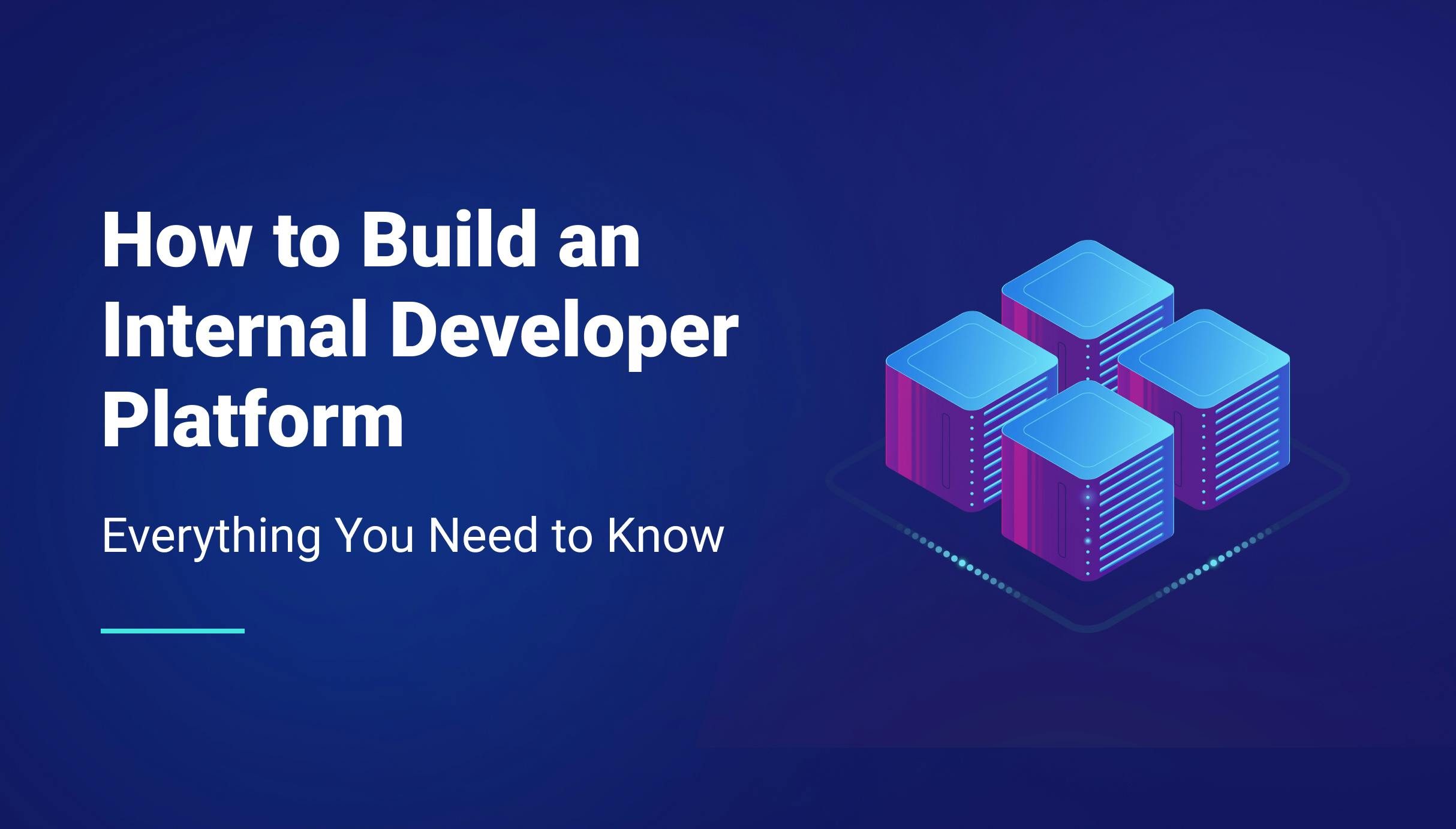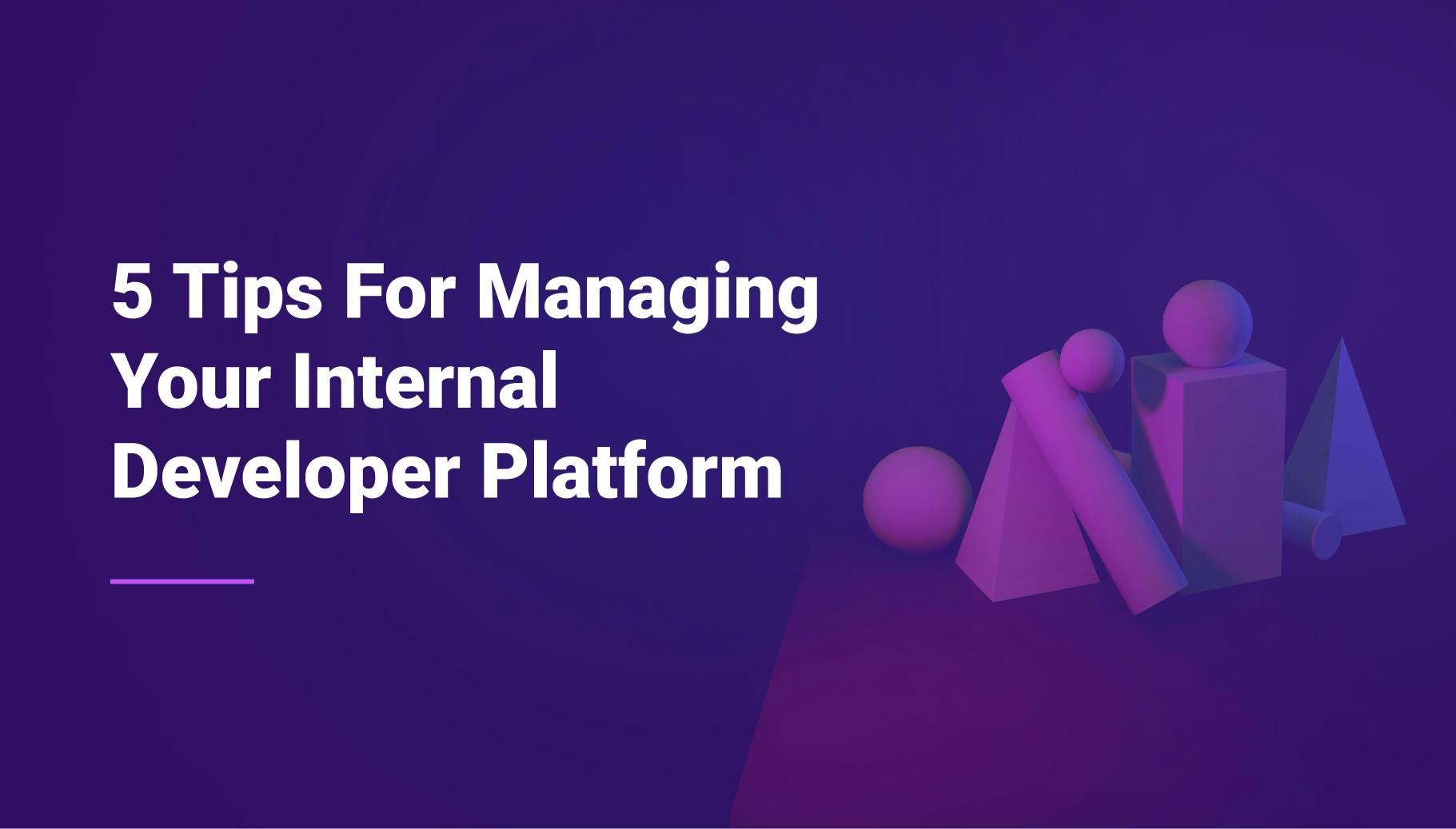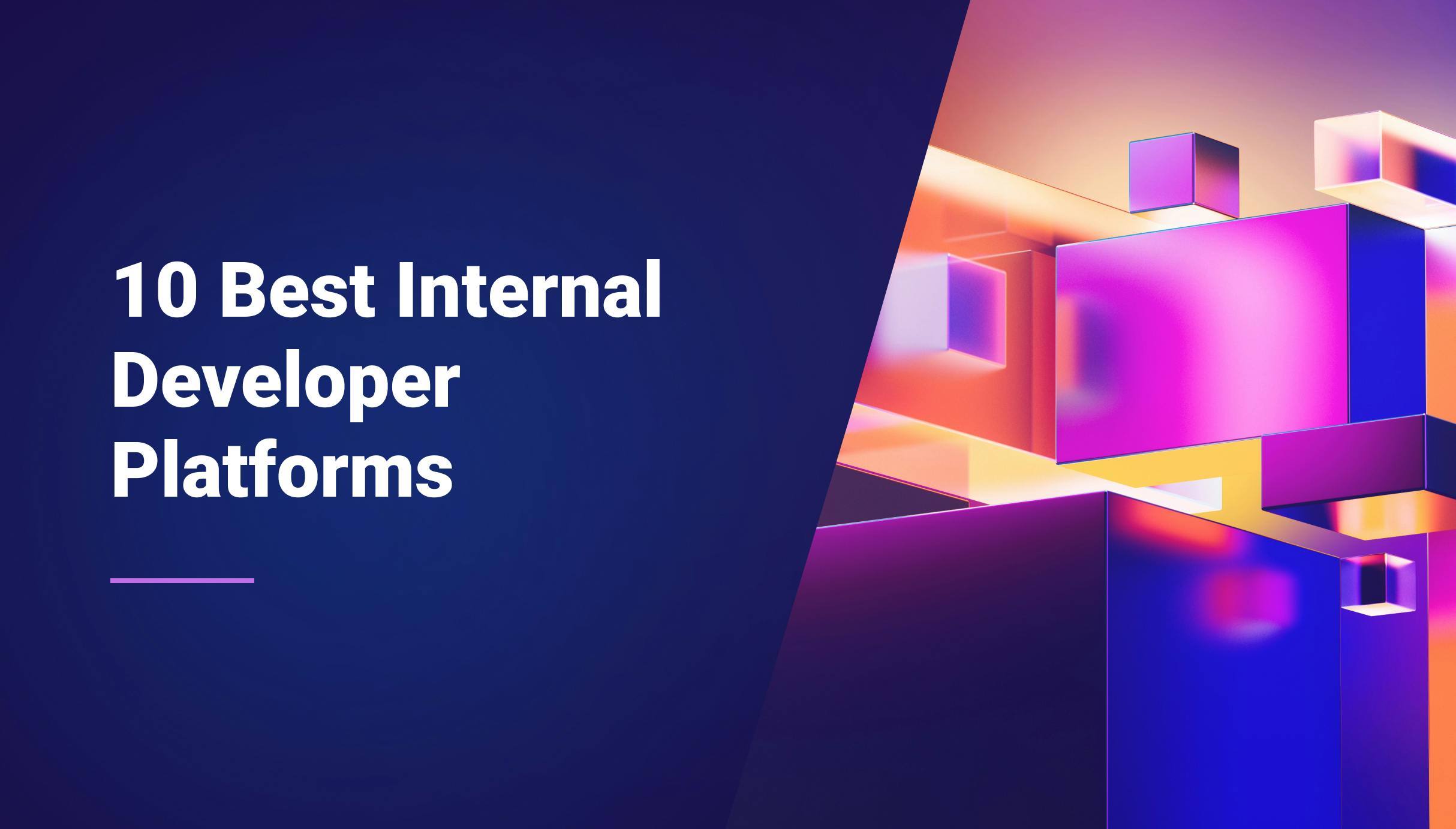Security Considerations for Your Internal Developer Platform
In today's world, where cloud resources and data management tools play an increasingly critical role, the concept of an Internal Developer Platform (IDP) is gaining momentum. Imagine a platform where developers seamlessly design, build, and deploy applications. That's precisely the promise of IDPs. But here's the highlight: with great power comes greater responsibility. Security within IDPs isn't just an optional add-on; it's the core essence. This article is a guide for teams eager to strengthen their developer platforms. It journeys through the various aspects of IDP security, delving deep into its diverse world. From the fundamental principles of access control and Kubernetes management to the elevated considerations of building a security-centric organization culture, we've got it covered. Whether you're new to the IDP environment or a seasoned developer, our objective remains unchanged: to arm you with the knowledge to transform your developer platform into an impenetrable fortress.

Morgan Perry
October 13, 2023 · 9 min read
Let's start with the foundations of the IDP security.
#Section 1: Foundations of IDP Security
#The Priority of Security in IDPs
Risks and Implications: Protecting sensitive intellectual property, customer data, and business-critical information is the very essence of security in IDPs. The repercussions of breaches, such as the exposure of confidential source code, proprietary algorithms, and customer data, lead to financial losses, legal consequences, and a damaged organization's reputation.
Keeping in view the rapidly evolving nature of security vulnerabilities, continuously evaluating and enhancing the platform's security measures is vital to anticipate emerging threats.
Example: A major cloud service once faced a significant breach due to an oversight in their bucket configurations. This misconfiguration allowed unauthorized access to their data storage system. Post-incident, they introduced more rigorous audit processes by implementing automated cloud security posture management (CSPM) tools to continuously monitor and rectify configuration errors in real-time.
#Robust Access Control and User Authentication
Why It Matters: Ensuring the right access for the right entities prevents potential security breaches. Regularly educating the development team about best practices for secure coding and data handling minimizes human errors leading to breaches. Implementing features like multi-factor authentication and role-based access controls, as well as continuous evaluations with evolving industry standards, is paramount.
Methods and Mechanisms:
- Role-based Access Control (RBAC): Integrate with uniform user and group management systems for a consistent access experience.
- Multi-Factor Authentication (MFA): A proactive approach that further minimizes unauthorized access risks.
- OAuth (or other authentication mechanisms): Allows third-party services to access user data without directly exposing user passwords.
Example: An application hosting service faced a significant attack due to the lack of robust multi-factor authentication. Intruders exploited weak password policies to gain unauthorized access. After the incident, the company introduced a Time-based One-Time Password (TOTP) as a second authentication factor. They also enforced OAuth 2.0 to enable secure delegated access, ensuring third-party services could access specific user data without exposing entire user credentials.
#Ensuring Data Security and Encryption Protocols
The Need for Data Protection: With intellectual property, proprietary algorithms, and customer data at stake, data protection becomes indispensable. Robust encryption, both in transit & at rest, ensures that data remains secure. Continuously monitor and respond to events through Security Information and Event Management (SIEM) systems. Adopt container endpoint detection response (EDR) for identifying malicious or suspicious container activities.
Protocols and Methods:
- Encryption Protocols: Incorporate the best industry standards for both in-transit and at-rest data.
- Container Vulnerability Scanning: Implement rigorous scanning at various phases: build, deploy, and runtime.
- Network Isolation: Maintain strict policies to ensure unauthorized activities are minimal. Examples include controlled access and ensuring app-to-app communication remains secure.
Example: An organization initially utilized the Data Encryption Standard (DES) for data encryption. However, as DES became vulnerable to brute-force attacks over time, they faced potential security threats. Recognizing the risks, they transitioned to Advanced Encryption Standard (AES) with 256-bit keys, known for its higher level of security. Simultaneously, they incorporated Transport Layer Security (TLS) 1.3 for securing data in transit between their applications and services, ensuring forward secrecy and reducing the window of exposure.
#Key Security Measures for Internal Developer Platforms
#1. Infrastructure: Container and Application Security
Infrastructure security forms the bedrock of a developer platform. At the heart of it are containerized applications, demanding a different breed of security measures.
Secure Coding Practices: It's imperative for teams to embrace secure coding practices. Take the example of a well-known online platform that inadvertently leaked user data due to hardcoded API keys within their codebase. Following the leak, they adopted environmental variables and integrated them with secrets management tools like HashiCorp's Vault. This allowed them to securely manage and control access to passwords, tokens, and other secrets, eliminating the need for hardcoded secrets.
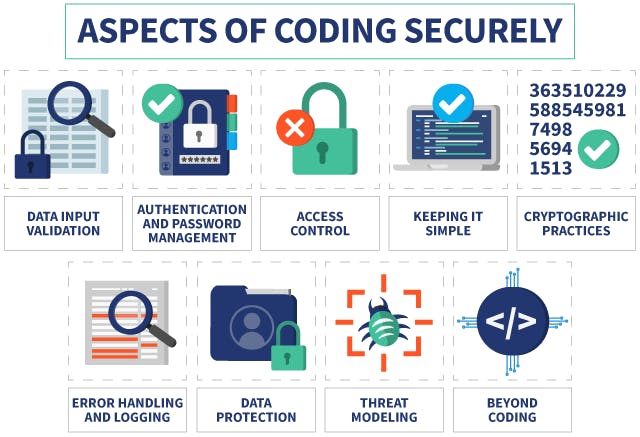
Containerized Applications: Containers are transforming the platform landscape, and with Kubernetes leading the charge, the onus is on ensuring they're watertight, security-wise. Let's understand this with an example. An emerging healthcare platform suffered from an attack exploiting vulnerabilities in their container images. In response, they began using Docker Bench and Clair to continuously scan container images. They also established protocols to halt deployments of images with identified critical vulnerabilities.
#2. Network Considerations: Beyond the Firewall
Overview: A sound internal developer platform isn't just about the build or the code; it’s also about how data flows. The platform’s underlying network can either be an organization's security asset or Achilles' heel.
Network Security Techniques: Delving deep into techniques, one realizes the depth of resources available. Let's discuss the example of a streaming service that experienced data leakage during communication between its multi-cloud environments. As a remedy, they introduced Virtual Private Cloud (VPC) peering to facilitate secure communication between their diverse cloud resources, ensuring traffic remained private and off the public internet.
Isolation in Multi-Tenant Environments: The cloud has democratized access to technology, but it’s crucial to ensure each tenant's applications and data remain siloed. For example, In a shared hosting platform, due to poor network segmentation, one client accidentally gained access to another's application data. The platform soon after implemented Kubernetes namespaces to enforce network segmentation, creating isolated environments and preventing inter-tenant data access.
#3. Compliance: The Path to Trustworthiness
Overview: Building on an internal developer platform? Factor in compliance from the get-go. The ever-evolving regulatory landscape demands this of every organization.
Relevant Standards and Regulations: Staying updated on standards is the key to risk management. A global SaaS company faced penalties for failing to fully comply with GDPR's data privacy requirements. In light of this, they introduced data anonymization techniques, stringent data access controls, and regular audits to ensure transparency in all data processes and to comply with data deletion requests.
Leveraging IDPs for Compliance: Using an internal developer platform can streamline achieving compliance. Take the example of a financial institution that was audited and found to have inadequate data access controls, violating several industry regulations. They responded by integrating role-based access controls (RBAC) into their IDP, ensuring that only authorized personnel could access sensitive data and streamlined regular role reviews.
#4. Third-Party Integrations: Bridging with Caution
Overview: Every tool or service you bolt onto your platform can either fortify it or introduce chinks in the armor. Hence, while third-party integrations expand capabilities, they also mandate rigorous scrutiny.
Security Posture Assessment: It's not enough to trust; we must verify. This concept is called "Zero Trust" security. Let's understand this in more detail through this example. A prominent e-commerce site integrated a third-party logging tool, only to discover later the tool had poor data handling practices, leading to data exposure. Following this event, the company began rigorous security assessments for any third-party tools, examining data handling, encryption standards, and storage practices before any integration.
Security of Third-Party Components: Every added component is a potential risk, so evaluate wisely. Your own platform might be secure, but you are not sure how secure the third-party's system is. Take the example of an online forum that utilized an outdated authentication service, resulting in numerous unauthorized access incidents. Post-incident, they transitioned to a more secure third-party authentication service that leveraged modern protocols like OAuth 2.0 and OpenID Connect. They also established a routine to regularly review and optimize configurations.
#How to Build a Security-Centric Culture
#Monitoring and Threat Detection
Unwatched Blind Spots: In the realm of internal developer platforms, a lack of effective monitoring can lead to unnoticed vulnerabilities, especially in cloud environments. For instance, undetected misconfigurations in Kubernetes can allow unauthorized access, potentially exposing sensitive application data or resources. This jeopardizes the platform's integrity and can compromise other integrated systems and applications.
Continuous Security Monitoring: Platforms like Datadog actively monitor system performance and security in real-time, which is especially crucial in Kubernetes environments. They ensure that application behaviors and infrastructure metrics remain within expected boundaries and alert on security and performance anomalies.
Threat Detection with Log Monitoring: Using platforms such as Splunk, teams can aggregate logs from diverse sources. These logs can then be analyzed to identify unusual behavior patterns like spikes in network traffic, code changes in protected branches, or unauthorized access attempts to the internal developer platform.
Tooling Resources: Visualization tools, like Prometheus, provide detailed dashboards that give developer teams an overview of the environment, including aspects like resource consumption, service health, and any potential security anomalies.
Automated Security Checks in CI/CD Pipelines: Incorporating security checkpoints directly into the Continuous Integration and Continuous Deployment (CI/CD) pipeline can significantly enhance the resilience of an internal developer platform. Think of a scenario where a developer mistakenly pushes a piece of code that contains a known vulnerability, say an outdated Javascript library. If the CI/CD pipeline is configured to run automated security scans, tools like Snyk can instantly flag this vulnerability before the code even makes it to a test environment, let alone production. This immediate feedback loop not only prevents potential security breaches but also educates developers about the flaws, promoting a proactive security approach. By embedding security directly into the SDLC, organizations can ensure that security loopholes are caught and fixed in real-time, vastly reducing the risk surface of their internal developer platform.
#Training and Culture
Uninformed Risks: Without proper knowledge and training, developers might inadvertently introduce vulnerabilities while building on the platform. For instance, hardcoding secrets or improperly sanitizing inputs can open avenues for SQL injection attacks or expose sensitive information.
Training Programs: Tools such as Secure code warrior are invaluable in offering hands-on experience. They simulate real-world vulnerabilities in a controlled environment, ensuring that developers understand potential threats and learn how to code securely.
Organizational Commitment: Emphasizing security in internal development platforms requires a top-down approach. "Security Champions" programs, where selected individuals become security advocates within their teams, can effectively bridge the gap between security professionals and developers.
#Incident Response & Recovery
Delayed Reactions: Any delay in responding to a security incident within an internal developer platform can result in prolonged system downtimes. For instance, if a denial-of-service attack isn't addressed promptly, the entire development cycle can get disrupted, impacting business continuity.
Incident Response Strategy: Rapid alerting tools like Incident.io ensure that the right personnel are notified as soon as an anomaly is detected. In conjunction with a pre-defined response strategy, such tools can drastically reduce the response time, potentially limiting the damage.
Recovery and Resilience: After addressing an incident, understanding its nature is pivotal. Platforms like Splunk help teams analyze the breach, facilitating improvements to security measures. This is especially vital for internal developer platforms where repeated vulnerabilities can compromise the overall trust of development teams.
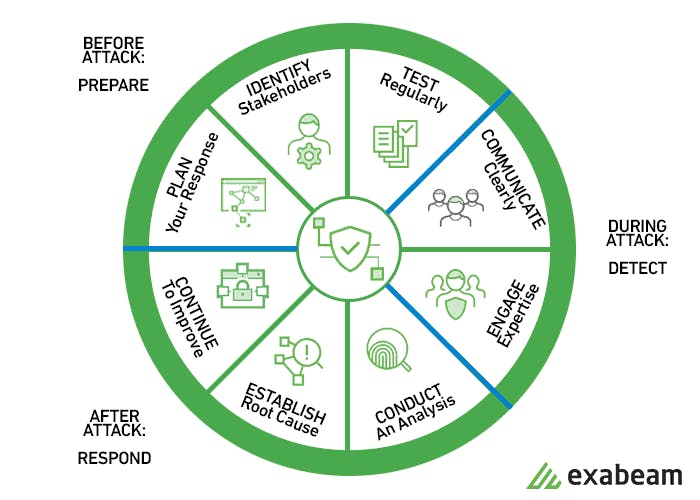
# Conclusion
Security is of utmost importance if you are building an Internal Developer Platform. It is not just a collection of some best practices to follow. It is a mindset that you need to adopt. In this article, we have discussed all the security-related aspects of IDPs, including access control, data security, network protection, real-time monitoring, etc. Incorporating security in IDP is not a one-time task; it is an ongoing effort that you will need to keep doing for your IDP to be successful. Remember, the security needs of any modern IDP keep changing, so you will need to be on your toes to combat the security challenges. Let's build, innovate, and thrive, but let's do so with our security shields held high.
Your Favorite DevOps Automation Platform
Qovery is a DevOps Automation Platform Helping 200+ Organizations To Ship Faster and Eliminate DevOps Hiring Needs
Try it out now!

Your Favorite DevOps Automation Platform
Qovery is a DevOps Automation Platform Helping 200+ Organizations To Ship Faster and Eliminate DevOps Hiring Needs
Try it out now!
